Fall Protection, Work at Heights
Anchor Point and Lifeline Installation Into Suitable Structures
At Protekta, a common challenge we find when our clients need to set up anchor points or lifelines is figuring out where to safely connect them. There are different types of anchor points, and in this article, we will cover permanent anchors specifically.
Keep in mind that the entire fall arrest system is subjected to significant dynamic forces while arresting a fall. These forces do not discriminate – they impact all components of the system (anchor point, body support, and connector). If the weakest component cannot withstand these forces, it will fail, rendering the system ineffective.
Anchor points present the greatest uncertainty as they not only need to carry the proper certification but also need to be securely installed and tested. Additionally, the surface or structure they are connected to must have adequate strength.
 Certification Requirements for Anchor Points
Certification Requirements for Anchor Points
When it comes to the certification of the product, this is often the easiest box to tick (though we often see it being overlooked). A permanent anchor point MUST be certified to EN795 – this must be visually stamped on the anchor point, and a certification document should accompany the product. Permanent Lifelines must also carry the EN795 (Horizontal) and EN353 (Vertical) standards. Since work-at-heights gear is classified as Category 3 safety equipment, it must also carry CE compliance.
Considerations for Different Structural Surfaces for Anchor Points
Next, we look at the different considerations of surfaces/structures we can install into, beyond just EN compliance.
Concrete Slab:
- Advantage: Simple installation.
- Disadvantage: Concrete’s density, and the dimensions of the slab (such as thickness, width, proximity to edges, and possible weak spots) are major factors when installing into concrete. Structural integrity can also deteriorate due to natural factors.
- Means of Connection: Chemical or mechanical fasteners.
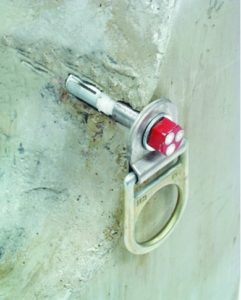 Your work-at-height service provider should have a good understanding of whether the structure will be sufficient prior to installation, and ensure, once the installation is completed, that the structure can withstand the forces involved.
Your work-at-height service provider should have a good understanding of whether the structure will be sufficient prior to installation, and ensure, once the installation is completed, that the structure can withstand the forces involved.
*Be aware that the structure’s integrity could change due to external factors (e.g., dropped equipment, natural elements like UV exposure or rain), and this must be monitored. A minimum of annual recertification must be adhered to, but as soon as there is uncertainty regarding sufficient strength or an incident has occurred, the anchor must be re-inspected.
Structural Steel:
- Advantage: Easier to identify structural capabilities; generally less prone to corrosion due to being protected (e.g., roof, walls etc).
- Disadvantage: Not easy to drill into, and drilling holes can affect structural integrity.
- Means of Connection: Fasteners, clamping, or welding.
Structural Steel is a more secure structure to connect to, although it can be affected by corrosion and environmental factors. It is generally found within the structure and protected from the elements. However, this does not mean that it is always suitable – your work-at-height service provider must ensure the structure remains suitable for use.
* A minimum of annual recertification must be adhered to, but as soon as there is uncertainty regarding sufficient strength or an incident has occurred, the anchor must be re-inspected.
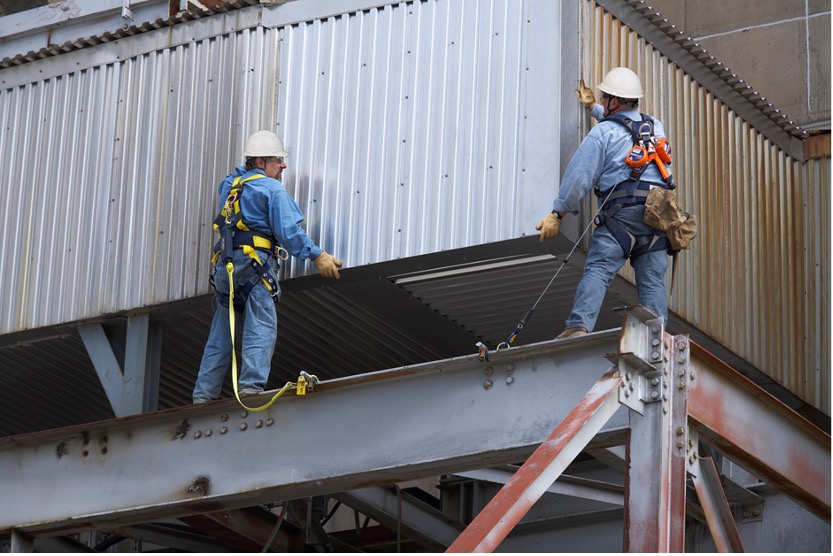
Brick Wall:
- Advantage: None.
- Disadvantage: The brick or entire wall could give way under the forces involved, making it unsuitable for anchor point installation.
- Means of Connection: Chemical anchors with sleeves designed for brick.
While there are solutions that allow anchors to be installed into bricks, we do not advise this due to the significant risk involved. Not only could the brick being drilled into fail, but the entire wall could be compromised by the forces generated in a fall.
Roof Sheeting:
- Advantage: Easier to install and requires less maintenance than making holes to reach the structure beneath, which could lead to leaks.
- Disadvantage: The strength and integrity of roof sheeting can degrade due to constant weather exposure.
- Means of Connection: Clamping system or pop rivets.
Roof work is slightly more challenging, especially when setting up temporary lifelines. Creating anchor points on a roof to set up a lifeline exposes the structure to significant risk. Connecting permanent systems directly to the sheet is often suggested, but there is a major risk if the system is unsuitable. If connected to a section of roof sheeting, the force from a fall could cause the sheeting to be completely ripped apart. Shock-absorbing elements must be used on all posts connected to a roof section.
Roof sheeting has different profiles (see photo below), and each requires unique methods of attaching the anchor point base plate. This is part of the considerations for EN795-certified systems.
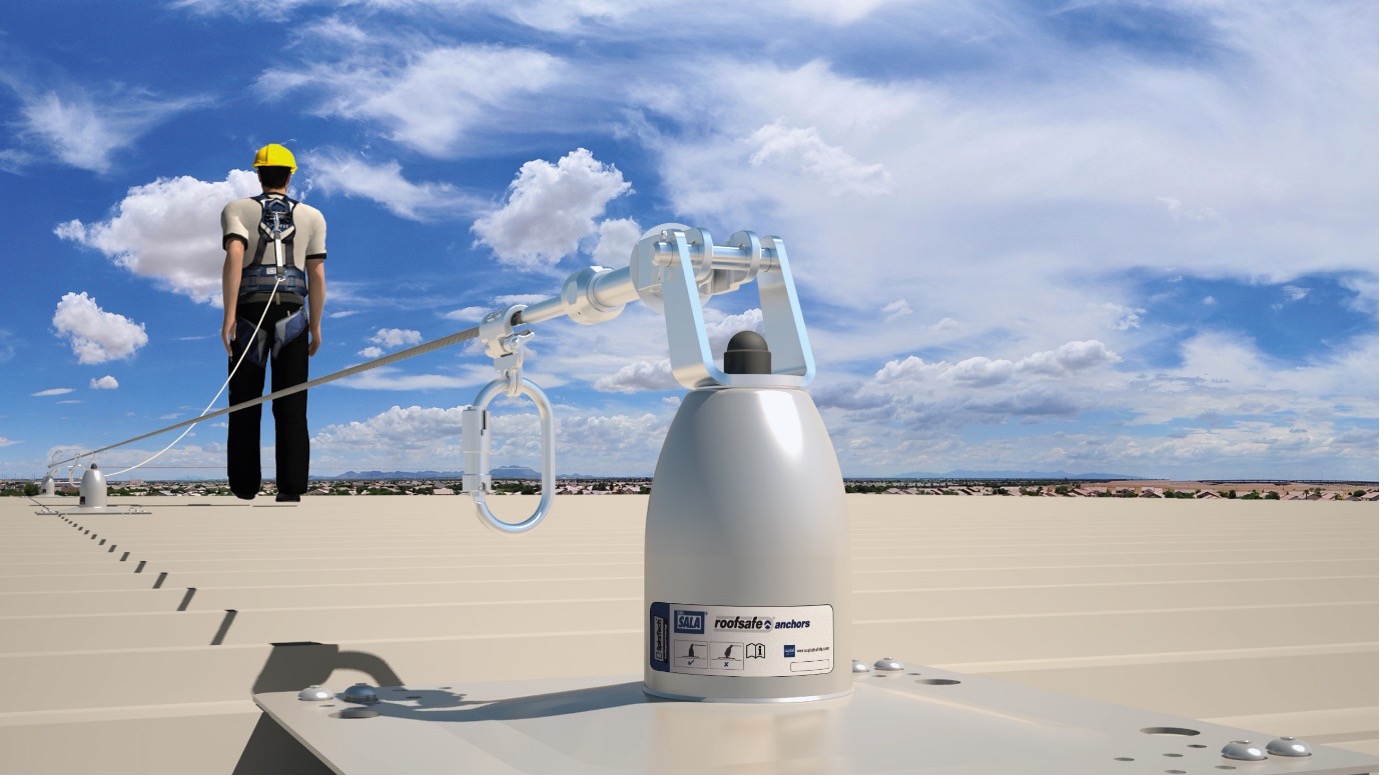
* Roof sheeting weakens over time due to continuous exposure. There must be a survey on the strength of the sheet to ensure it can withstand the forces of a fall. The work-at-height specialist should take this into account.
Protekta specialists can offer temporary solutions if work on roofs is required. Be sure to get in touch if this can help keep your team safe. A minimum of annual recertification must be adhered to, but as soon as there is uncertainty regarding sufficient strength or an incident has occurred, the anchor must be re-inspected.
Wooden Roof Truss:
- Advantage: Always available during roof construction and one of the first structures installed.
- Disadvantage: There is no real established standard for this in South Africa.
- Means of Connection: Hammered-in device.
Unfortunately, there is no EN standard product for this, which limits the options available. Although this is not widely covered, in the USA and Australia, this is often a utilised solution.
*Protekta advises creating adequate permanent anchors and setting up permanent lifelines when work must be done in these positions.
This covers the general surfaces that can be connected to, but there may be other requirements specific to your site. Feel free to engage with the Protekta team of specialists to determine the safest, most functional anchor points solutions.
Contact Us

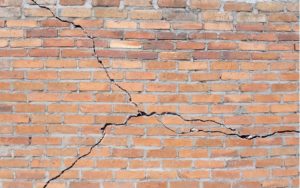
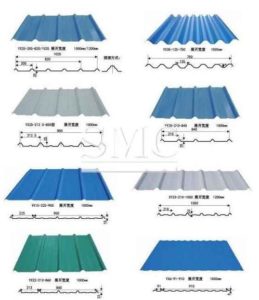
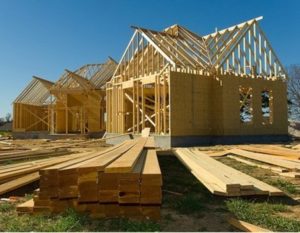
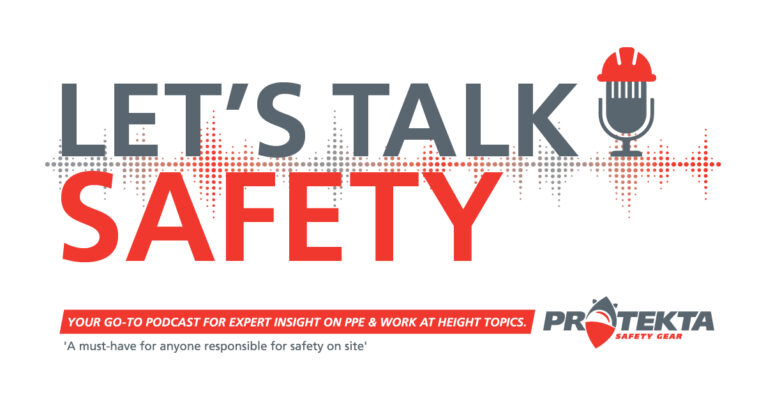
Good day
can you please quote me on equipment to install a 50m and a 10m lifeline on a new
IBR factory roof
Gert Visser
Good day,
I need to get anchor points on a soil embankment at the industrial park where I am working so that the garden services can use it to cut the grass. Please let me know if you would be able to assist and if someone can come out to quote me on this.
I would like a quotation on how much it will cost us to install a few anchor points at gugulethu Mall. Thank you
All good!
Good day – please advise where to do anchor instillation course?
Hi Kevin,
Our training department will be in touch.
morning Dylan – I’m new project manager at church building built 27 years ago and identified that 3 story high roof have no anchor points for workers . Need someone to come. 115 CR Swart rd Randburg Johannesburg
Hi Simon,
Thank you for reaching out.
One of our Work at Heights specialists will be in touch with you to assist in providing a Fit For Purpose solution to keep people safe.
Please quote us:
10 stainless steel lifeline anchor points
30 m temporary lifeline.
60 m temporary lifeline.
2 x stainless steel shock absorbers.
2 x 10m retractable lanyards.
Separate quotation:
Install and sign off temporary lifeline
Hi, Thank you for reaching out.
A team will be in contact.
can you please quote me on equipment to install a 50m and a 10m lifeline kit for roof work on
IBR factory roof
Hi,
Thank you for reaching out.
A team will be in contact.
Anchor points
Thanks Willie,
A team will be in touch.
Good day, I need an anchor point
Steel roof (IBR) client nearby Meyerton
Please contact me regarding a installation of a lifeline on our roof at Volvo RDC
can you certify a life line design
Hi Kevin,
Our technical team certainly can. One of our team will be in touch with you immediately.
Good day,
We need a lifeline installation for 2 of our Plant Buildings. Will you be able to support with getting a Height specialist to come and check the requirements then provide us with a quote for the work.
Hi Phumzile,
Thank you for reaching out. One of our experts will be in touch shortly.